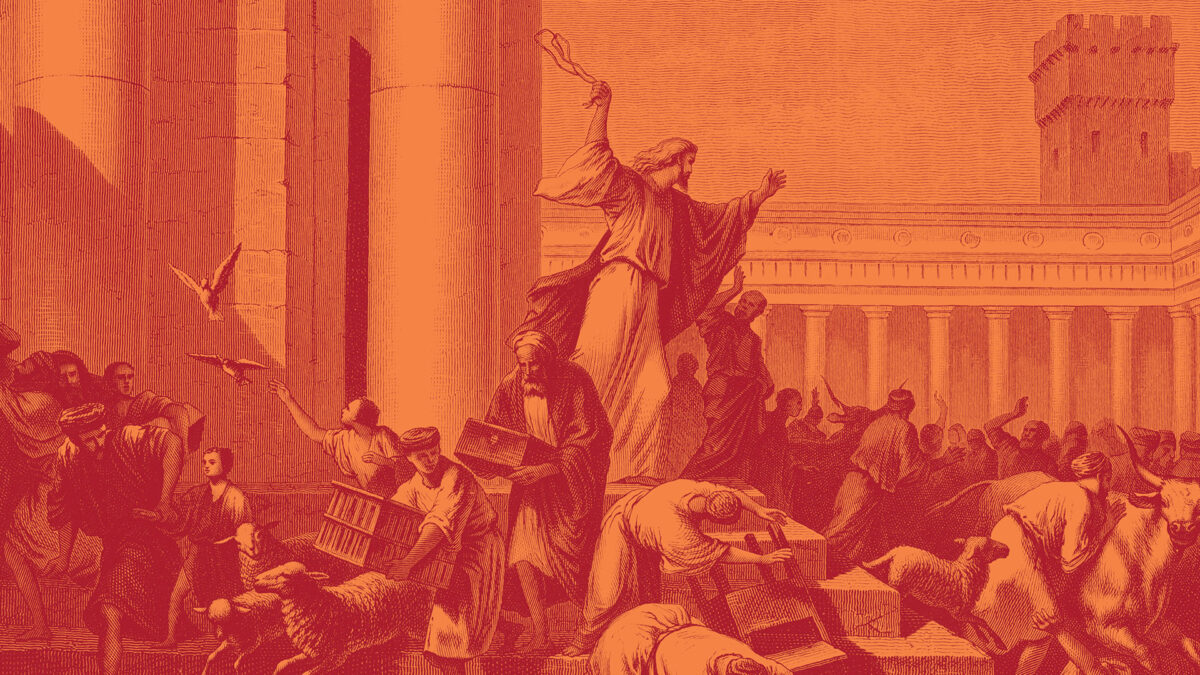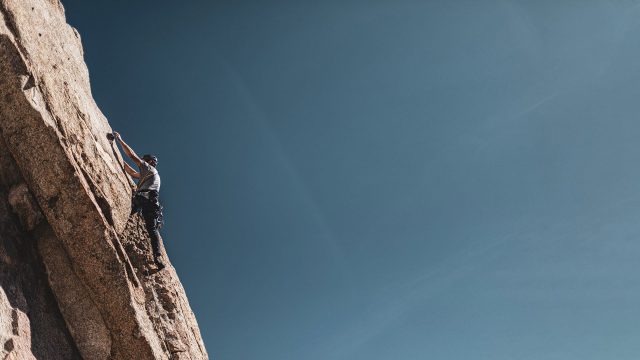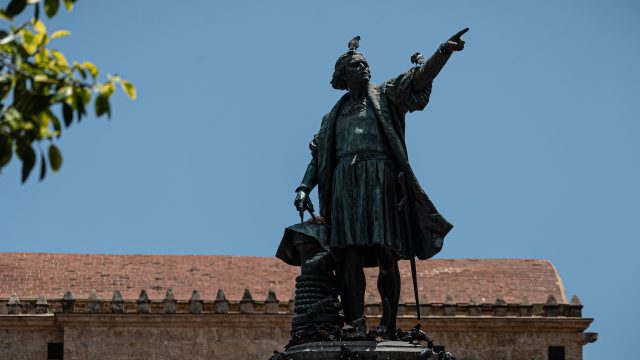Jesus welcomes the imperfect of this world and heals them in the Temple.

Many people divide their social world into “us” and “them.” “Us” is usually a group of people who have similar social, cultural, and ethnic backgrounds and share interests, as well as political and religious views. “Us” is a group of people with whom we feel comfortable.
“They” look different, think different, and speak different. Most of the time we limit our interactions with “them.” Some argue that this tendency to divide between “us” and “them” is hardwired into us and is crucial for our survival. That’s why it’s always present in human society, they suggest.
Jesus, however, offers a different perspective. He went beyond the categories of “us” and “them” as He sought to point the world to God’s value system. If we claim to be followers of Jesus, we need to follow His example of being unconditionally welcoming. The church I want to belong to is really welcoming. Let’s take a closer look at one particular story in Jesus’ life that demonstrates how radically welcoming He was.
One of the most dramatic actions of Jesus is the cleansing of the Temple. It’s documented in three of the Gospels. This is how Matthew records it: “Then Jesus went into the temple of God and drove out all those who bought and sold in the temple, and overturned the tables of the money changers and the seats of those who sold doves. And He said to them, ‘It is written, “My house shall be called a house of prayer,” but you have made it a “den of thieves.”’ Then the blind and the lame came to Him in the temple, and He healed them. But when the chief priests and scribes saw the wonderful things that He did, and the children crying out in the temple and saying, ‘Hosanna to the Son of David!’ they were indignant” (Matt. 21:12-15).
Jesus had just entered Jerusalem triumphantly. Passover, one of the most important Jewish religious festivals, was about to begin. Historians estimate that Jerusalem’s normal population was about 30,000, but during Passover it grew to 180,000. God’s Temple in Jerusalem was one of the most holy places on earth for Jews living in the first century. It was where heaven and earth met.
When Jesus entered Jerusalem, most people in the city knew little about Him. Jesus’ Galilean entourage shouted “Hosanna [“save us now”] to the Son of David.” People realized that something unusual was happening. A large crowd followed Jesus as He entered Jerusalem in an unusual way. Jesus was riding on a donkey. Might He be the Messiah, or just another troublemaker (verses 10, 11)?
OUT OF HERE!
What Jesus did immediately after entering Jerusalem shook the city and its religious establishment to its core. He went into the city’s holiest place—the Temple—and cleansed it. The Temple was not just a single building in the time of Jesus. The entire complex on Mount Moriah consisted of the portico, the court of Gentiles surrounding the sanctuary, the court of women, and the sanctuary itself in the middle. The total circumference of the sacred precinct was about a mile (1.6 kilometers). This was the heart of Judaism. It was the only place where sacrificial worship to Yahweh could take place. The Temple always had to be ritually pure. Everything that was brought into the Temple had to be ritually clean, and all who entered it had to be purified.
But it was only the facade that was “pure,” for the “heart” of the Temple needed serious cleansing. The Temple had become the place where the rich got richer. To preserve the “purity” of the Temple, the only place one could buy an offering was in the Temple. The only “pure” money that could be used was Temple money made from silver of the highest quality. Money changers cheated worshippers by setting exorbitant exchange rates.
Some religious leaders had become corrupt and driven by ambition. Other religious leaders were so focused on being “pure” themselves and making the Temple ritually “pure” that they had lost touch with real people. Recent archaeological discoveries show that one of the wealthiest neighborhoods of Jerusalem was the priestly quarter. Many of their houses had multiple ritual baths to assure that priests would not mingle with common people and thus become impure following their purifications. Priests used a private bridge linking their quarter with the temple.
By cleansing the Temple, Jesus wanted all who were involved in these religious exercises to understand something extremely important.
IT IS WRITTEN
The first thing Jesus said after cleansing the Temple was “It is written, ‘My house shall be called a house of prayer,’ but you have made it a ‘den of thieves’” (verse13). Jesus quotes here Isaiah 56:7. In its original context it actually reads, “My house shall be called a house of prayer for all nations” (Mark 11:17). The Temple was meant to be a house of prayer for Gentiles and Jews.
But the sanctuary was closed to the Gentiles, and the court designated for them had been turned into a marketplace. In fact, around the sanctuary at regular intervals stood stone slabs with severe warnings for foreigners not to enter the Temple at any circumstance under threat of execution. God’s Temple was supposed to be a place where the good news could be heard by all people. Israel and its leaders, however, had forgotten that mission.
Jesus’ next action is even more striking. Immediately after He had cleansed the Temple, “the blind and the lame came to Him in the temple, and He healed them” (Matt. 21:14). The blind and the lame were not allowed into the Temple precincts, according to tradition. They were considered to have serious defects, not fit to be in God’s holy Temple. Jesus welcomes the imperfect of this world and heals them in the Temple. Note, Jesus did not heal them before they entered the Temple; He healed them in the Temple.
The welcoming Jesus expects His followers to realize that all people living on earth are their sisters and brothers. We are family. We are called to be the compassionate hands of Jesus that welcome and embrace all. The mindset of welcome and care transcends all barriers separating us—including those forced on us by a worldwide pandemic. That’s why followers of Jesus are committed to overcome racial, political, religious, or social boundaries. This is what it means to follow the example of Jesus and love to the end, as He did.
It’s the only way forward.








